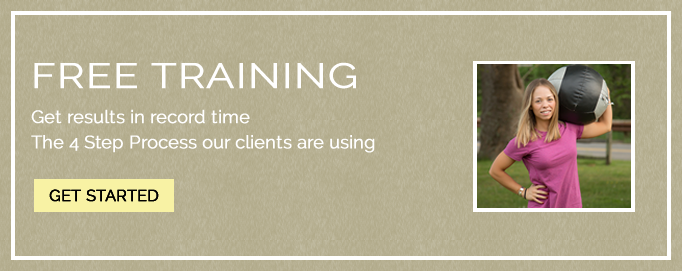
All of the movements you do throughout the day stem from basic movement patterns. This is our brain’s way of managing the millions of different movements we take throughout each day. Bringing awareness to how we move throughout our day can reap tremendous benefits especially when it comes to posture.
These patterns are the root of everything we do and improper movement patterns can cause a lot of problems and most of us have dysfunctional movement patterns without realizing it.
Our bodies operate much like a car. When something is out of alignment, chances are things aren’t so bad at first or at a low speed. If you speed things up, you may hear noises or shakes that shouldn’t be ignored. Ignore the small feedback and a chain reaction of problems develop.

This is why listening to our bodies is so important. Things might feel okay or maybe it’s just a little pain everyday until one day you notice you can’t move. You have stiffness and pain in all the time, and even basic movements feel difficult.
Some view these troubles as inevitable as we age, when in reality proper movement pattern training can alleviate them altogether. It is so important to focus on training movement patterns and the body as a unit.
Let’s break the 7 basic movement patterns down.
#1: PUSH
Probably the most common movement at the gym. There is a horizontal push and vertical push Think of an overhead press vs a push up. As babies this is the first movement we learn in order to crawl.
#2: TWIST
The twist is rotational in nature and sometimes require push/pull movements. The spine performs rotation and will usually move the most at the weakest link.
#3: PULL
There is a horizontal and vertical pull. Most people only focus on vertical pull (pull ups). In order to create stability through the shoulders at the pull, the horizontal row must be mastered.
#4: GAIT
This leads to walking. A pretty important development. Mindful walking can help re-establish any problems in your gait. From walking the next progression is loaded carries. If you cannot walk correctly, do not add load to any dysfunction.
#5: HINGE

Otherwise known as bending. Our bodies learn to pivot using the muscles of the hips, thighs, and stabilizers of the spine. Hinging is a complex pattern that enables lifting. This movement should be incorporated slowly to anyone new in order to allow motor relearning to take place.
#6: SQUAT
The squat involves coordination of knee bending and hip hinging. It utilizes the muscles of the thighs, hips and stabilizers of the torso. We use squats in our daily life and as we age our inability to squat can affect our quality of life. There are so many different variations of squats but with each method the low back and abdominals must contract to keep the body upright as it lowers down.
#7: LUNGE
The lunge has it all; coordination, balance, and strength. Sometimes single leg function is an over looked movement. Single leg exercises unlock potential and require stabilization of every major joint.
Your whole life you have been utilizing the primary movement patterns every day. Movement is a gift and shouldn’t be painful or difficult. With consistent practice, these patterns can keep your feeling strong and healthy.
Yours in health,
Nicole

